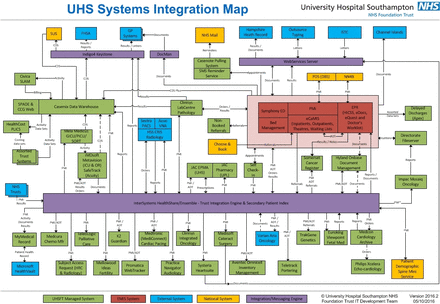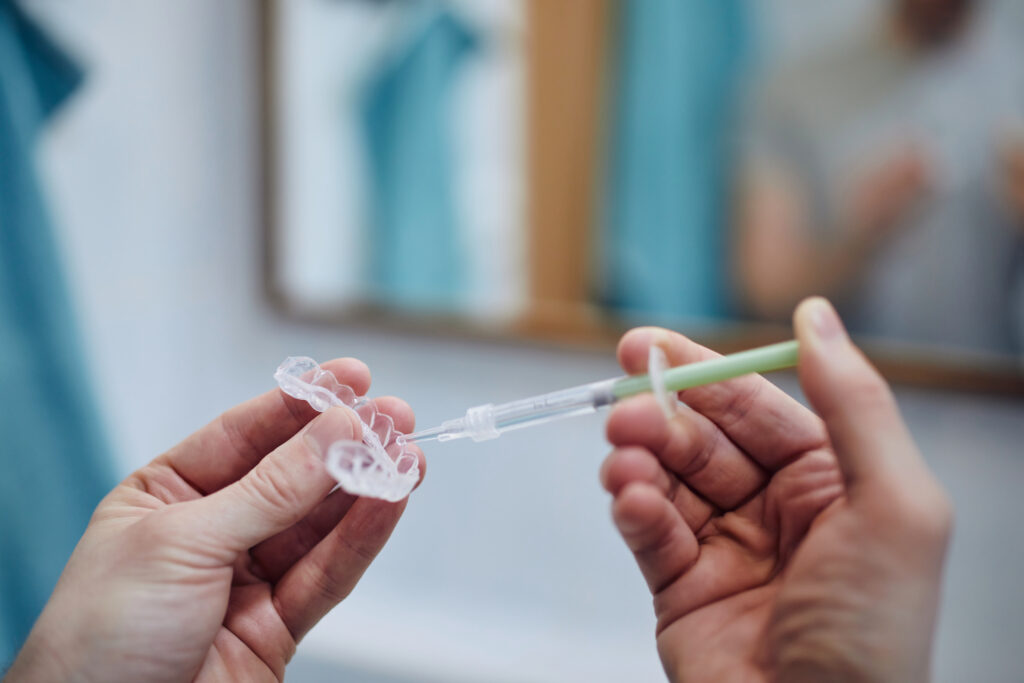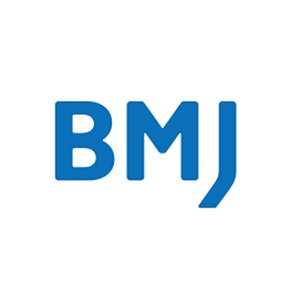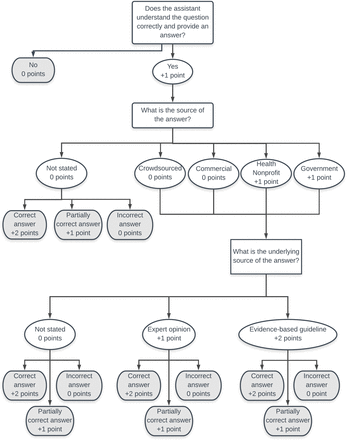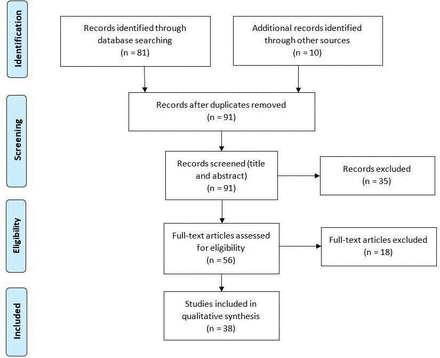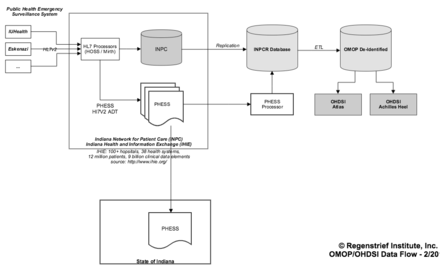Discussion
We have developed UHSL from the original Maryland concept, with a very small, self-assembling team, with limited resources and with no prior commission or specifications. This has been a challenging, fascinating and rewarding exercise.
The key lesson of our work on UHSL to date is that user need takes centre-field in the agile and iterative development process. By ‘Showing the Thing’ visually as the project evolved, it became possible immediately to see lines of development in clinical software which would otherwise not be apparent in the raw data.
We recognise that this project does not fit a standard clinical research template. It The project has been a pragmatic and evolving exercise in clinical software engineering to upcycle existing data into more usable formats.
In the course of this project, UHSL has demonstrated unforeseen properties in terms of enhanced clinical decision assistance, clinical productivity, clinical risk mitigation, predictive analytics in pattern recognition and controls to confidentiality. Among our key observations, we note the following:
The capacity of UHSL for progressive content expansion
The capacity of UHSL for progressive content expansion, through the addition of content feeds from diverse data sources, suggests a direct route to a universal and adaptable EPR interface for all UK citizens, from conception to death, thus supporting the emerging aim of the UK Government to enable citizen’s data to be shared between relevant agencies.
Our initial design intent was to build a simple system which would allow us to visualise an existing set of documents and records across and within the UHS CDE. We continue to examine the benefits and practicalities of adding additional legacy and perhaps new data feeds to the core architecture, including the codisplay of haematology, biochemistry and microbiology test results, and key prescribing activity, all of which provide different display challenges to optimise them for a range of clinician and administrative user needs, but which may deliver great value.
The need for a standard subject taxonomy for personal health data
If the UHSL model is to scale up from a single hospital to a national interface, there is a need to develop a standard taxonomy for clinical subject matter at all levels of healthcare. This will ensure that a consistent visual framework can be developed to open standards for maximum utility, much as internet protocols have transformed the world wide web.
The inherent controls to confidentiality in the iconography
With simple adaptations, UHSL will permit the selective open/shut control to access to the underlying data.10
The ability to read the clinical story from the visual display
This suggests a fast-track route to applied predictive analytics, and a logical step between the source data and the ambitions of artificial intelligence to parse and read the entire clinical record.
The need for further quantitative studies
There is a need for further quantitative studies to evaluate the system across a wider range of user needs, and the value of detailed analysis of activity digital data (dwell times, routes of access and egress, user-specific usage patterns, and so on) to help us further design with data.
The value of incremental development
Rather than specify a huge national waterfall programme and huge cost and risk of failure as shown by the National Programme for IT, we believe that our agile approach has demonstrated a safe, pragmatic and incremental route to a wholly integrated and easily understood EPR by every citizen in the UK, as the constraints to free and safe information flow between primary, secondary, community, social, dental and mental healthcare, and patient-generated data are overcome.
The project economics
As a curiosity-driven project, UHSL has been developed and continues to evolve at a tiny fraction of the cost which has been incurred in commissioning a commercial software house to build, maintain and upgrade a similar system in a waterfall contract, without the daily flexibility of our own strategy. As Trust employees, DAR and DC contributed extensively at no additional cost to the Trust. AAH was modestly remunerated for his work, with much additional work undertaken on a pro bono basis. All development work was done on existing computer systems and with existing data, so there were no leading or capital costs. However, investment will be needed to scale up this product and leverage its potential value to UHS.
The importance of the soft launch
We have made UHSL readily available to all users across the Trust on the primary EPR and within a number of other applications. However, in a dynamic and complex clinical data estate which is in continuous evolution, and where our EDMS project has presented major integration challenges, we have preferred to leave users to find their own uses and to feed back their needs into the development programme. Thus, for example, when the value of the system was recognised by anaesthetic colleagues, we added the ‘transfusion’ timeline from haematology data to help them identify previous major haemorrhagic events.
Implementation in other software environments
As yet, UHSL is bespoke to the UHS CDE, and it cannot be directly exported. However, a common open source code set for the UHSL model would help developers to accelerate the uptake and testing of the system across a range of healthcare applications.
We recognise that modern and readily accessible coding tools, such as Orange, Mongo, Bootstrap and Tableau, might help to add functionality to the visualisations. However, we have preferred to keep the interface as clean and simple as possible during the development programme to minimise user choices and distractions.

